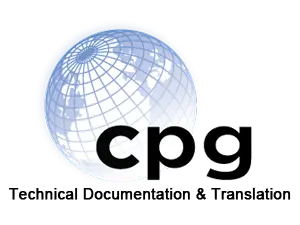
Tech writing is always evolving. Industries shift. Technologies grow. And user needs change fast. These changes create fluctuating demands for tech writers and documentation professionals.
Understanding this demand helps businesses plan better. It also helps writers sharpen their skills and stay competitive.
What Is Tech Writing
Tech writing involves creating clear documents for complex topics. This includes manuals, help guides, installation instructions, and more.
Types of Writing
-
Software documentation
-
Product manuals
-
Installation guides
-
API documentation
-
White papers
-
Standard operating procedures
Tech writing supports users, reduces confusion, and improves product safety.
Why Demand for Tech Writing Changes
Industries evolve. New tools launch. Companies merge or pivot. These events impact how much documentation is needed.
Let’s explore the key reasons demand shifts over time.
Drivers of Change in Demand
1. Product Life Cycles
Product development creates new documentation needs. Product retirement may reduce them.
2. Regulatory Requirements
Industries like healthcare and aviation must follow strict documentation laws. When laws change, so do documentation needs.
3. Technology Adoption
When companies adopt new platforms or software, technical writers must update manuals, create onboarding guides, or rework old content.
4. Global Expansion
Companies entering new markets must localize documentation. This increases demand for writers and translators.
5. Shift to Digital Platforms
Traditional manuals are being replaced by online help systems, videos, and searchable knowledge bases.
In-Demand Skills
Technical writers must adapt. Skills that were optional a few years ago are now standard.
| Skill | Importance (1–5) |
|---|---|
| Structured Authoring | 5 |
| Visual Communication | 4 |
| Software Tools (MadCap, DITA) | 5 |
| User-Centered Design | 4 |
| API Documentation | 5 |
| Agile Development Knowledge | 4 |
| Localization Awareness | 4 |
Writers who master these areas can better handle shifts in demand.
Industries with Fluctuating Needs
Software and SaaS
New features release quickly. Writers must create and update documents fast.
Manufacturing
Demand grows when new products launch or when companies expand globally.
Medical Devices
Strict compliance drives steady documentation needs. But demand fluctuates with R&D cycles.
Aerospace and Defense
These industries have large, long-term documentation needs but can fluctuate with contracts.
How to Stay Ready
Keep Skills Current
Stay updated on tools, trends, and style guides. Practice writing for multiple audiences.
Learn Visual Tools
More companies want infographics, flowcharts, and interactive diagrams. Basic illustration skills are valuable.
Be Platform-Aware
Know how to write for web, mobile, and embedded systems. Learn to structure content for multiple formats.
Build a Reusable Content Library
Use modular writing methods. Reusable content shortens production time and supports agile changes.
The Role of Technical Documentation
Strong technical documentation supports your product long after it launches. It helps train staff, reduce support calls, and meet compliance rules.
As demand changes, having a consistent documentation partner ensures quality and continuity. A skilled team can adjust faster to meet new writing needs.
Final Thoughts
The demand for technical writing will always shift. New software, devices, and user expectations shape the content landscape.
To meet these changing needs, writers must adapt. And businesses must invest in scalable, reliable documentation strategies.
To learn more about professional documentation support, visit our technical documentation services today.
Back To News
 800-541-8270
800-541-8270